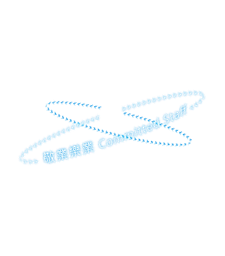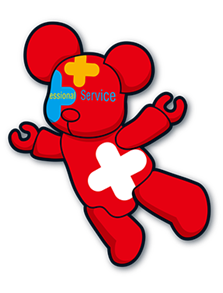Authors (including presenting author) :
Ng KC, Lai NF, Yip CK, Lo KT, Lo ML, Cheung YK, Lui FC, Tsang FC, Po LN, Ng WY, Leung YM, Chi CY
Affiliation :
Department of Medicine and Geriatrics, Tuen Mun Hospital
Introduction :
Infusion pumps are used in high alert medications requiring precise infusion rate. Medication errors due to wrong infusion rate are serious untoward events under the Hospital Authority’s policy. In order to promote the medication safety culture, a 15-second checking procedure, ‘Pointing & Calling (P&C)’, has been implemented to enhance the staff’s alertness and thus ensuring accuracy and precision of the infusion rate.
Objectives :
(1) To prevent medication incidents caused by wrong infusion rate; (2) To promote medication safety culture; (3) To make ‘P&C’ feasible in acute clinical settings
Methodology :
- From 1st August 2018, 'P&C' consisting of finger pointing and calling has been implemented before and after the ‘Start’ of intravenous infusion with additives using pump machines. - Tailor-made instruction guides, project logo and training video were developed. - Training workshops were held and the participants performed return demonstration. - Shift-in-charge nurses act as role models to motivate the frontline staff in implementing 'P&C' in the initial period. - Evaluations were done by friendly visit and post staff survey.
Result & Outcome :
After the first month of implementation, a snapshot on the number of target infusion was captured so as to assess the extra workload by 'P&C'. On average, there were around 2 to 3 target infusion each ward per day. The post staff survey, conducted three months after the implementation, showed that over 90% colleagues had positive perception towards ‘P&C’. They agreed that it could promote medication safety and reduce medication error related to wrong infusion rate. 89% of colleagues claimed that the awareness of checking the infusion rate was enhanced. 85% of colleagues thought it was valuable to apply 'P&C’. Most colleagues have adapted to this safety culture. To make 'P&C’ more time efficient, any two qualified nurses are eligible to carry out the procedure since 1st December 2018. Implementing 'P&C' is an important milestone on promoting ‘Safety Culture’. Our drug safety team members appreciate to our nurses for participating in the project. The ward supervisors and shift-in-charge nurses continue to monitor the progress and collect feedback. Our team members sustain the safety culture by ongoing promotion, training, monitoring and evaluation.








